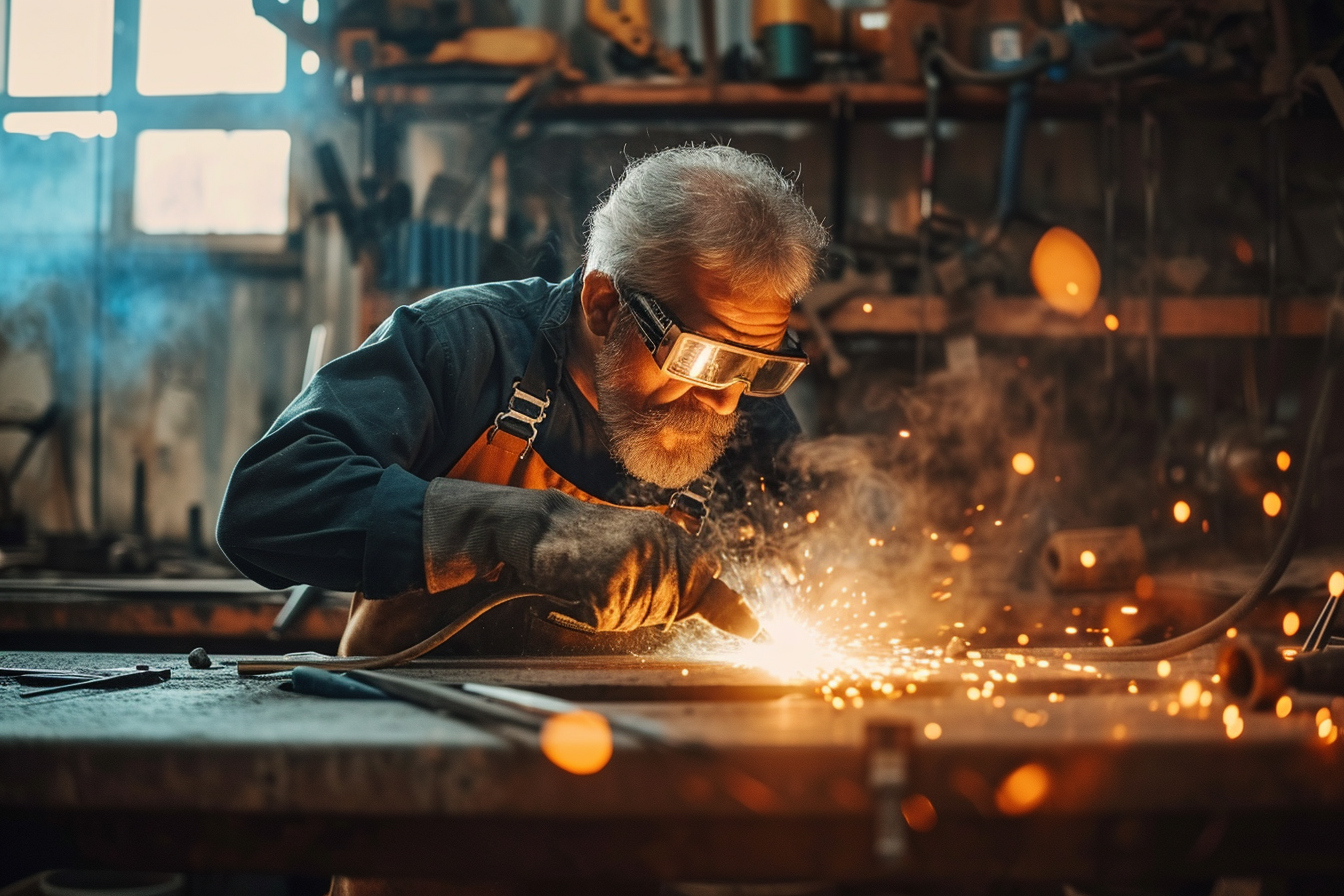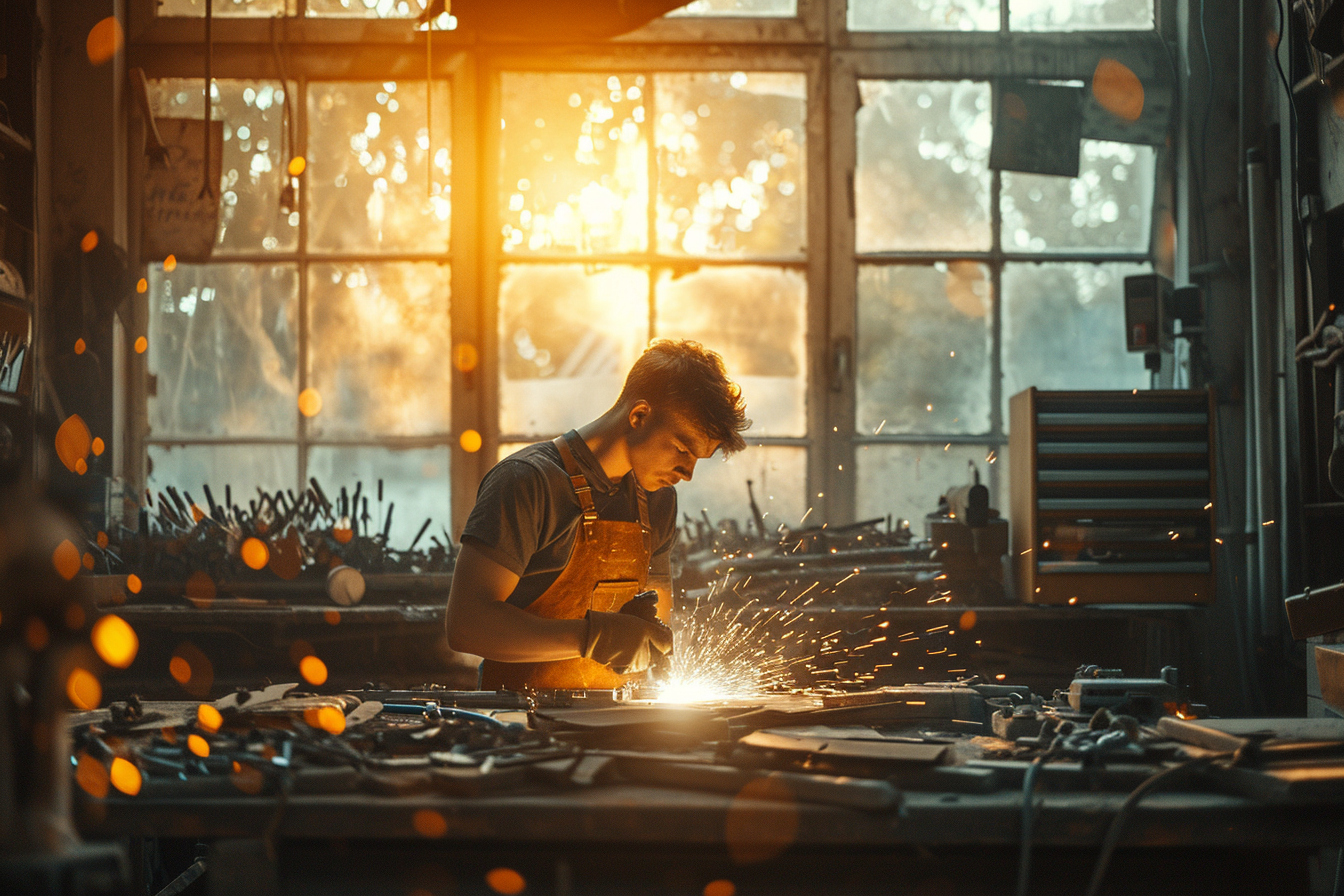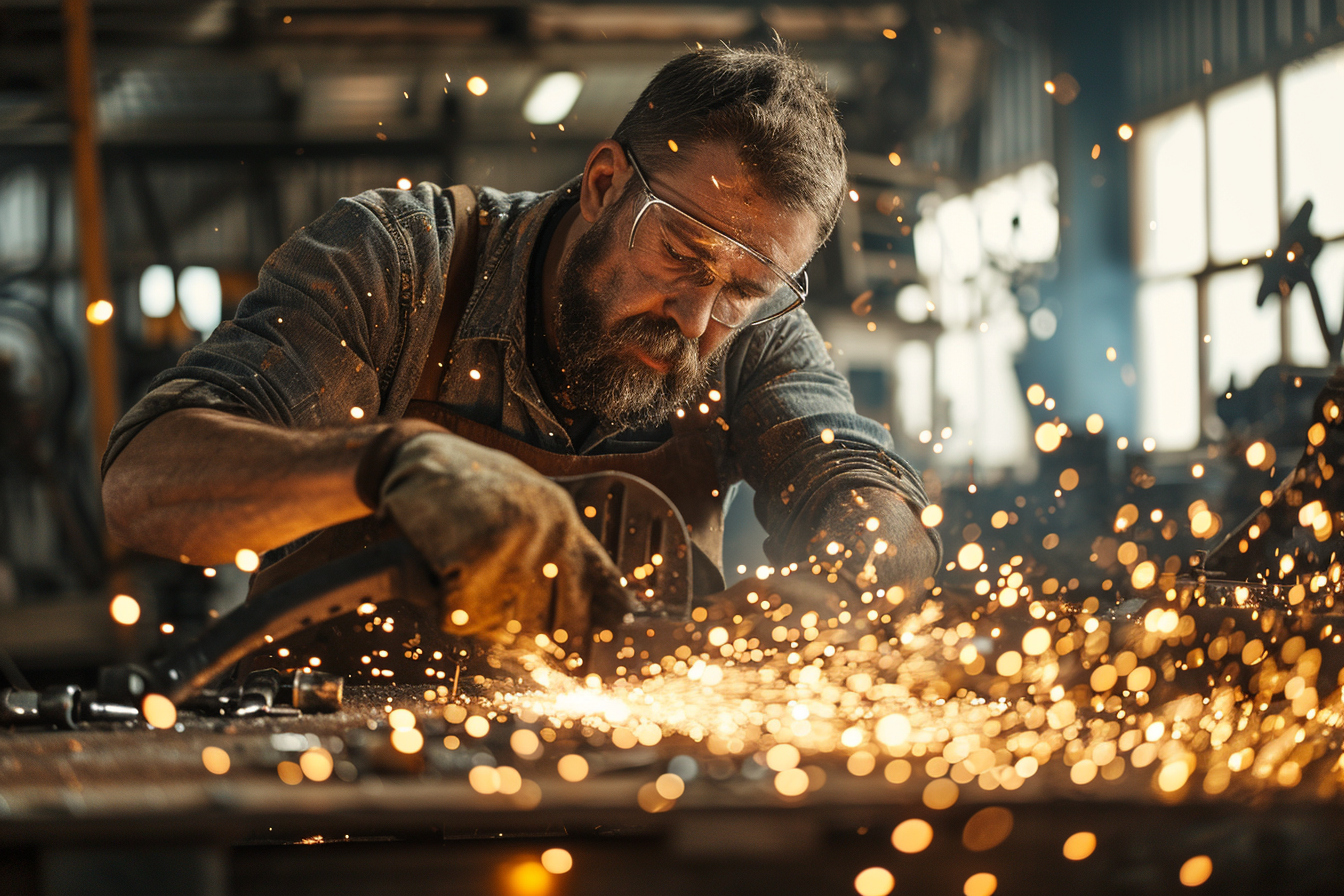Metal sculpture stands as a testament to human creativity and resilience. Over the centuries, artists have manipulated this substance into forms that defy the metal’s original function, transforming the ordinary into the extraordinary. Today, the use of recycled metal in sculpture not only challenges artists to innovate but also makes an important environmental statement. To master the art of creating sculptures from recycled metal involves understanding various techniques and practices, which when combined, allow an artist to achieve both aesthetic and ecological harmony in their work. This comprehensive exploration delves into the intricacies of working with recycled metal to help any aspiring or experienced sculptor refine their craft.
Understanding the medium: recycled metal

Recycling metal involves repurposing discarded metal objects by melting and reforming them or by using the found objects as they are in a sculptural context. The inherent properties of metal—such as durability, malleability, and a propensity for forming alloys, contribute to its popularity as an artistic medium.
Benefits of using recycled metal:
- Sustainability: Metal recycling decreases the need for mining, reduces carbon emissions, and saves energy.
- Uniqueness: Recycled metal offers diverse textures, colors, and forms which can infuse a work of art with character and depth that cannot be replicated.
- Cost-effective: Often, sourcing recycled metal can be far less expensive than purchasing new materials.
Developing conceptual designs
To begin, formulate a concept that takes into account the strengths and limitations of your materials. Sketching preliminary designs allows for the exploration of ideas without the commitment of physical resources. Think about the narrative your sculpture will tell, the space it will inhabit, and the interplay between different metal types and objects you have at your disposal.
Finding inspiration:
Inspiration for using recycled metal can come from the materials themselves. Rust patterns, industrial shapes, or even the history of an object can spark the conceptual fires needed to drive a piece’s direction. The recycled metal becomes not just a material but also a muse.
Collecting and preparing materials
Sourcing recycled metal requires a willingness to hunt. Scrap yards, garage sales, and even roadside waste offer a plethora of possibilities. When collecting, consider the metal’s properties such as corrosion level, malleability, and weight. Preparation may involve cleaning to remove grime or rust, which can be as much a part of the artistic process as the sculpture’s construction.
Techniques for cleaning and preparation:
- Sandblasting to remove rust and old paint.
- Hand sanding for more delicate or precision work.
- Chemical treatments can neutralize rust or add patinas.
Safety considerations
Working with metal, especially when repurposing and manipulating it, comes with risks. Proper safety equipment is non-negotiable. Eye protection, gloves, and respiratory masks should be the standard for anyone working in metal sculpture. Additionally, ensure you’re trained and confident with any machinery or tools before their use.
Fundamental sculpting techniques

To transform recycled metal into sculpture requires a grasp of several key techniques. Flexibility in ideas and execution is paramount since working with found materials can often mean adapting methods to fit the unique challenges presented by the medium.
Cutting and shaping
- Plasma cutting allows for precision cutting through thick metal plates and is ideal for creating detailed shapes.
- Oxy-acetylene torches offer a more traditional cutting method, suitable for a rough sculptural aesthetic.
- Bending and shaping tools, such as metal brakes and English wheels help in forming curves and folding metal.
Joining methods
- The versatility of metal is in part due to the diverse ways it can be joined. Welding is a common and strong method, with techniques including MIG (Metal Inert Gas), TIG (Tungsten Inert Gas), and stick welding.
- For non-ferrous metals, such as copper or brass, brazing or soldering can form effective bonds without the need for high heat Welding-like conditions.
- Mechanical fastening, using screws, rivets, and bolts, can maintain the integrity and identity of individual pieces, which can be essential when highlighting the recycled nature of the materials.
Adding texture and finishing
Creating texture in metal can bring a sculpture to life. Hammering, etching, and the use of repoussé techniques can turn a flat, lifeless surface into something dynamic and tactile. When finishing a piece, consider:
- The natural patinas that develop on metal as it ages.
- The application of acids or salt solutions to accelerate or alter patination.
- The addition of heat to create color variations.
- Polishing or sealing the work to both protect and enhance the finished sculpture.
Creative reassembly
The art of sculpting with recycled metal often lies in the reassembly of disparate parts into a cohesive whole. Drawing on the tradition of assemblage art, sculptors might combine elements in thematic or abstract ways, allowing stories to emerge from the interplay of materials.
Principles of assemblage:
- Composition is essential; consider how pieces balance and interact visually.
- Harmony within the materials can help a piece feel united, even if composed of wildly different parts.
- Contrast can be equally compelling, highlighting differences to create interest or make a statement.
Advanced sculpting practices
Once the basic techniques are mastered, the combination and refinement of methods can push a sculptor’s work to new levels.
Scale and environment
Large-scale sculptures need a strong understanding of structural integrity, especially when using recycled materials that may not have been intended for weight-bearing purposes. Similarly, creating works meant for outdoor settings requires knowledge of how different metals will weather and corrode.
Kinetic sculpture
Incorporating movement into metal sculpture can be achieved through balance and engineering. Kinetic works can mesmerize viewers and require a harmonious blend of aesthetic design and mechanical precision.
Interactive elements
Sculptures that invite interaction not only become an experience but also often forge a stronger connection with the viewer. Using recycled metal in interactive works can evoke memories and a sense of play, tapping into the substance’s past life.
Honing your craft
Mastering recycled metal sculpture is an ongoing journey. Every project teaches a new lesson in material behavior, tool usage, or design challenges. Behind the veil of each completed work lies a litany of trial and error, experimentation, and learning.
Continued learning and practice:
- Workshops and classes can introduce new techniques and perspectives.
- Collaborative projects can expand your understanding of material possibilities.
- Research into the work of other sculptors can provide insights and inspiration.
Closing thoughts
Metal sculpture using recycled materials offers a unique set of challenges that can stimulate creative growth for artists. It’s a practice that not only produces visually stunning works but also promotes environmental responsibility. Mastering this art form is about understanding your materials, employing various techniques, and always pushing the boundaries of your creative self.
As the demand for sustainability grows and our resources become more precious, the role of the sculptor transforms. It’s no longer just about shaping metal into art; it’s about shaping a future where art and ecology harmoniously converge. Whether through the delicate crafting of small, intricate forms or the welding and bolting of grandiose public installations, the artist who embraces recycled metal steps forward as both a creator and a custodian of our collective environmental heritage.
Sculpture, as a medium, reflects the era from which it arises, and in our era, the path forward is one that reuses, repurposes, and reimagines the materials we have at hand. Every cut, every weld, and every polished surface is a step toward mastery—of the art, the material, and the message it carries. Whether you’re a curious beginner or a seasoned professional, there’s always more to explore in the rich terrain of recycled metal sculpture. Your journey is limited only by the extent of your imagination and your willingness to engage with the metal and its history.

Leave a Reply